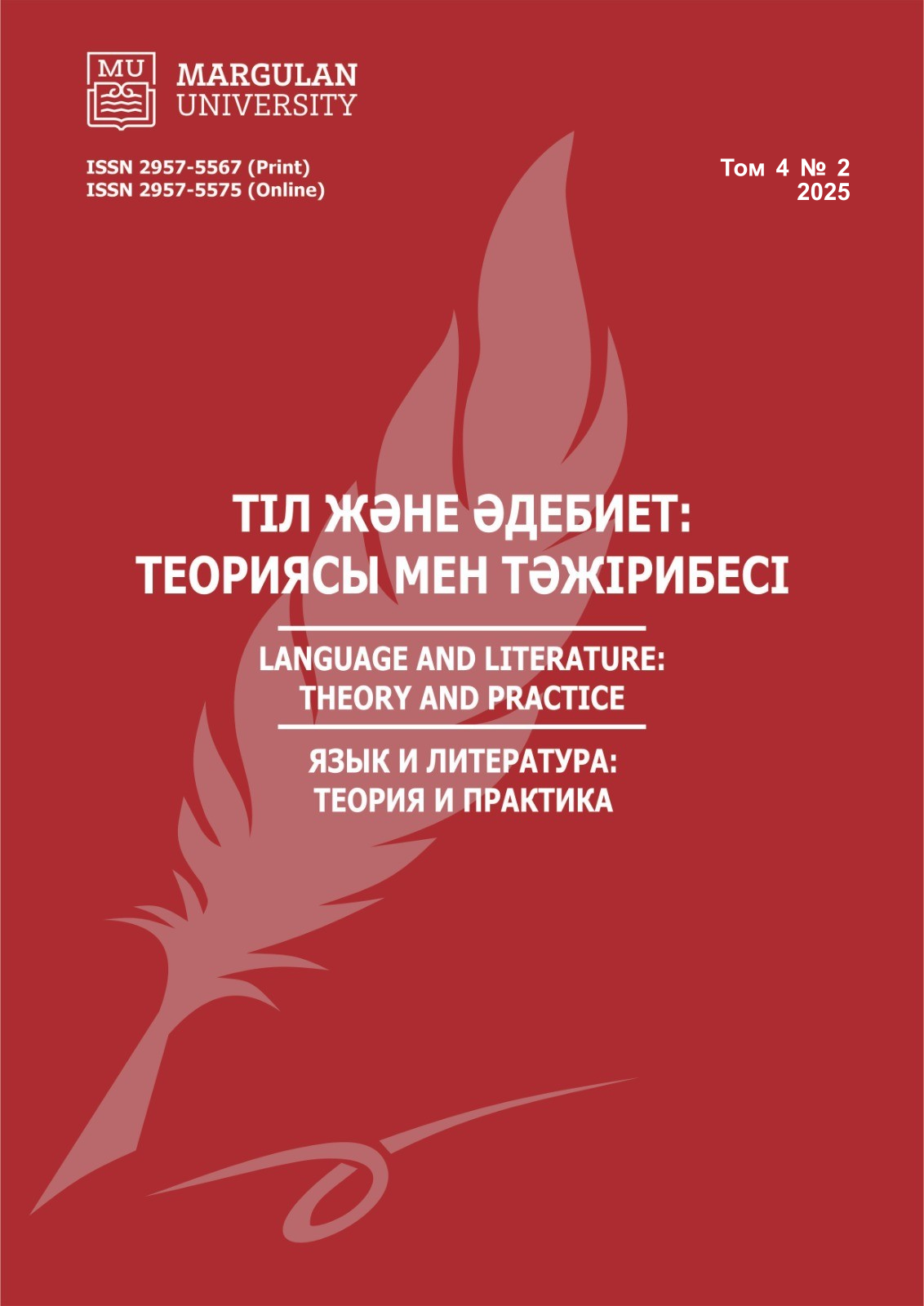ABC OF MILITARY LANGUAGE IN MEDIA: TRANSLATION OF MILITARY ABBREVIATIONS AND ACRONYMS
DOI:
https://doi.org/10.52301/2957-5567-2025-4-2-76-88Keywords:
military abbreviations, military acronyms, military terminology, translation techniques, international newsAbstract
This study examines the translation challenges and techniques used for military abbreviations and acronyms in international media coverage of conflicts. The research identifies key patterns in abbreviation types and translation methods by analyzing 286 military abbreviations collected from diverse sources, including news outlets, military publications, and academic journals between 2019–2024. The study found that initialisms comprise the majority (75.87%) of military abbreviations, followed by acronyms (11.88%), syllabic abbreviations (7%), and alphanumeric combinations (5.24%). Six primary translation techniques were evaluated, with calque (43.7%) and modulation (25.5%) emerging as the most frequently employed methods. The research reveals challenges in translating NATO terminology to non-NATO languages, military rank equivalencies across different armed forces, and technical military nomenclature. Results indicate that successful translation requires linguistic expertise and a deep understanding of military contexts, organizational structures, and cultural nuances. The findings demonstrate that evolving warfare technology and terminology necessitate adaptive translation approaches.
References
Bryl, D. A., Ledgerwood, A. D., Moore, A. M., & Storey, M. M. (2011). Media rotation and translation mechanism.
De Fourestier, J. (2010). Official languages in the armed forces of multilingual countries: A comparative study. European Journal of Language Policy. https://doi.org/10.3828/EJLP.2010.7
Eicher, J. H., Eicher, D. J., & Simon, J. Y. (2001). Civil War high commands.
Howard, D. (1956). United States Marine Corps Slang. American Speech. https://doi.org/10.2307/453678
Imre, A. (2018). Military Terminology in the Subtitles of Band of Brothers. Acta Universitatis Sapientiae: Philologica. https://doi.org/10.2478/AUSP-2018-0034
Imre, A. (2022). Categorizing and translating abbreviations and acronyms. Open Linguistics, 8(1), 378-389. https://doi.org/10.1515/opli-2022-0204
Keshen, J. (2000). The Media and the Military: From Crimea to Desert Strike. American Journalism. https://doi.org/10.1080/08821127.2000.10739245
Mack, C. A. (2012). How to Write a Good Scientific Paper: Acronyms. Journal of Micro-nanolithography Mems and Moems. https://doi.org/10.1117/1.JMM.11.4.040102
Malenica, F., & Fabijanić, I. (2013). Abbreviations in English Military Terminology. Brno Studies in English. https://doi.org/10.5817/BSE2013-1-4
Mrozkova, I., & Sikolova, M. (2023). One Standard, Different Approaches: Language Assessment in the Military Context. A Visegrad countries analysis. Vojenské rozhledy. https://doi.org/10.3849/2336-2995.32.2023.01.118-134
Newmark, P. (1988). A Textbook of Translation. Prentice Hall.
Okongor, T. A. (2016). A Lexico-Semantic Analysis Of Military Language. International Journal of Humanities and Social Sciences.
Orna-Montesinos, C. (2018). Language practices and policies in conflict: an ELF perspective on international military communication. Journal of English as a Lingua Franca. https://doi.org/10.1515/JELF-2018-0004
Venuti, L. (2013). Translation Changes Everything: Theory and Practice. Routledge. https://doi.org/10.4324/9780203074428
Wiffen, P. J. (2021). BCWA: Don't we love abbreviations and acronyms! European Journal of Hospital Pharmacy. https://doi.org/10.1136/EJHPHARM-2021-002981
Downloads
Published
How to Cite
Issue
Section
License
Copyright (c) 2025 Е. Моругова

This work is licensed under a Creative Commons Attribution-NonCommercial-NoDerivatives 4.0 International License.
https://creativecommons.org/licenses/by-nc/4.0/deed.en


